2. Key Patterns in Nature
Nature repeats efficient shapes and structures, which can be mimicked in design:
Branching (Fractals)
Spiral
Waves and meanders
Nets and webs
Lobes and mandalas
Scatter, random assembly
Concentric circles
We see these patterns again and again in nature, at all scales.
1. The Wisdom of Branching in Nature
Branching is one of the most fundamental patterns in the universe, appearing across scales—from microscopic capillaries to galactic structures. It represents efficient flow, resilience, and adaptive growth.
Key Natural Examples & Their Lessons:
Tree Branches & Roots
Efficiency: Maximises sunlight capture (canopy) and water/nutrient absorption (roots) with minimal material.
Adaptability: Branches self-prune in the wind; roots seek moisture pockets.
Lesson: Decentralised systems (like food forests) are more resilient than single-trunk monocultures.
Rivers & Watersheds
Energy Distribution: Tributaries merge to form rivers, following gravity’s path of least resistance.
Erosion Control: Smaller branches slow water before it joins larger flows.
Lesson: Passive hydration (swales, contour branches) mimics this to prevent flooding and recharge aquifers.
Blood Vessels & Mycelium
Flow Optimisation: Fractal networks ensure no cell is far from nutrients (veins) or decomposition (fungi).
Lesson: Short supply chains (local food hubs, compost systems) mimic this efficiency.
Lightning & Crack Formation
Pathfinding: Branches seek the fastest route to ground (or weakest material).
Lesson: Design should follow natural pathways (e.g., animal trails for footpaths, wind corridors for cooling).
Synergy with Other Patterns
Spirals + Branching: A grapevine’s spiral tendrils climb branched trellises.
Scatter + Branching: Mycelium scatters spores while its hyphae branch underground.
2. Spirals
- Snail shells, hurricanes, and sunflower seed arrangement.
Fibonacci numbers. 0.1.1.2.3.5.8.13.21.34.55.89.144….. etc
The Universal Spiral: Nature’s Most Efficient Shape
Spirals appear at every scale in nature—from galaxies to seashells—because they optimise energy, space, and movement. They represent growth, flow, and dynamic balance.
Natural Examples & Their Lessons
1. Growth Spirals (Fibonacci Sequence)
Examples: Sunflower seeds, pinecones, succulent leaves, ram’s horns.
Why?
Packing Efficiency: Maximises seed/food storage in minimal space (no gaps).
Sunlight Capture: Leaf spirals (phyllotaxis) avoid self-shading.
Permaculture Insight:
Plant guilds in spirals to reduce competition (e.g., herb spirals with sun-loving vs. shade-tolerant plants).
2. Movement Spirals (Energy Flow)
Examples: Hurricanes, whirlpools, spiderwebs, climbing vines.
Why?
Energy Conservation: Spirals funnel wind/water with minimal resistance (e.g., nautilus shells regulate buoyancy).
Predator/Prey Dynamics: Falcons dive in spirals; sheep flee in spiral flocks to confuse wolves.
Permaculture Insight:
Design water swales in gentle spirals to slow and sink runoff.
Use spiral trellises for beans/peas to save space and improve airflow.
3. Defence & Adaptation Spirals
Examples:
Cactus spines (spiral arrangement reduces sun exposure).
Mimosa leaves (fold in spirals when touched to conserve water).
Permaculture Insight:
Plant thorny spiral hedges (e.g., blackberry) as natural fencing.
Use spiral-shaped earthworks (like gabions) to stabilise slopes.
Philosophical Reflections
1. Spirals Teach Impermanence
A spiral never closes—it evolves outward (like succession in ecosystems).
Design Lesson: Systems should expand adaptively (e.g., start small, spiral outward).
2. Balance Through Asymmetry
Spirals are never perfectly symmetrical (e.g., hurricanes shift with terrain).
Design Lesson: Embrace “imperfect” designs that respond to real conditions.
3. Time as a Spiral
Seasons, rotations, and cycles are spiral, never truly repeating.
Design Lesson: Observe feedback loops (e.g., crop rotations that spiral in complexity).
3. Waves & Meanders
- River bends, dunes, sound waves.
1. Water Meanders (Rivers & Streams)
Why Curves?
Energy Efficiency: Water slows on outer bends (depositing sediment) and speeds on inner bends (eroding).
Habitat Creation: Pools (deep bends) and riffles (shallow straights) support diverse aquatic life.
Permaculture Insight:
Swales on contour mimic meanders to infiltrate water.
Keyline ploughing follows natural flow lines to hydrate landscapes.
2. Sand Dunes & Ocean Waves
Dynamic Stability: Dunes shift yet persist; waves break in patterns set by seabed shape.
Lesson: Flexible designs (e.g., movable trellises, adaptive grazing) endure change.
3. Animal Movement
Game Trails: Deer meander to conserve energy, creating fertile "browsing lines."
Lesson: Design paths along animal corridors (e.g., chicken tunnels through food forests).
II. Permaculture Applications
1. Water Systems
Meandering Swales: Increase water infiltration vs. straight ditches.
Wave-Shaped Terraces (e.g., rice paddies in Bali): Slow water, prevents erosion.
2. Garden Beds & Access
Serpentine Herb Beds: Curved edges = more planting space + less compaction.
"Lazy Beds": Traditional Irish wave-shaped potato mounds drain excess rain.
3. Wind & Microclimates
Wavy Windbreaks (like coastal dunes) disrupt wind better than straight fences.
Quote:
"Rivers don’t drink their own water. Trees don’t eat their own fruit. The more you give, the more you flow." — Indigenous proverb
- Design Application: Swales (water infiltration), curved garden beds (less erosion).
4. Nets & Webs
- Spiderwebs, mycelium, food chains.
- Design Application: Polycultures, interconnected guilds, social networks.
Nature’s Interconnected Scaffolding
I. Natural Examples & Principles
1. Mycelial Networks
"Wood Wide Web": Fungi connect trees, sharing nutrients and warnings.
Lesson: Design guilds where plants/fungi support each other.
2. Spiderwebs
Tension & Compression: Radial threads (structure) + spiral threads (capture).
Lesson: Modular systems (e.g., trellises) need both strength and flexibility.
3. Bird Nests & Coral Reefs
Waste = Resource: Sticks, mud, and shells become structures.
Lesson: Use on-site materials (e.g., hugelkultur beds from fallen branches).
II. Permaculture Applications
1. Food Forests as Webs
Canopy ↔ Shrub ↔ Groundcover: Each layer supports others (like a web’s nodes).
2. Community Networks
Skill-Sharing Webs: Like mycelium, connect people to exchange resources.
3. Erosion Control
Living Nets: Vetiver grass (deep roots) stabilises slopes like a web.
Synergy:
Webs + Waves: Mycelium follows water flow patterns in soil.
Final Thought:
Waves teach adaptation; webs teach connection. Design systems that flow and interlink!
Try This:
Map your garden’s "web"—where are the broken links? Add a nitrogen-fixer or pollinator.
5. Lobes and Mandalas (Edge Effects & Repeating Patterns)
Natural Examples:
Lobes: Lung alveoli, coral reefs, mushroom caps, oak leaf edges.
Mandelas: Flower petals, tree rings, radiating fungal colonies, animal spots/stripes.
Why These Patterns Matter:
Edge Effect: Lobes maximise surface area (e.g., lungs for oxygen exchange, roots for nutrient absorption).
Repetition and Fractal Growth: Mandalas exhibit efficient packing (e.g., sunflower seeds) and self-similarity at various scales.
Design Applications:
Paths and Beds:
Curved, lobed garden beds (like keyhole gardens) increase edge for planting while reducing compaction paths.
Mandala gardens centralise access (spiral or radial paths) for efficient tending.
Walls and Structures:
Lobed earthworks (e.g., chinampas or waffle gardens) slow water and create microclimates.
Circular or mandala designs (e.g., roundhouses, cob ovens) distribute stress evenly and reflect natural harmony.
Replication and Resilience:
Repeating lobe patterns in agroforestry (e.g., contour planting) prevent erosion.
Mandala-inspired polycultures (e.g., food forests with guilds radiating outward) mimic forest layers.
Philosophical Connection:
Mandalas symbolise wholeness—a core permaculture ethic (Earth Care, People Care, Fair Share).
Lobes remind us that "the edge is where the action is" (Bill Mollison), maximising productivity through diversity.
"Nature uses patterns everywhere, because they work." —
6. Scatter Patterns (Randomised Dispersion)
Natural Examples:
Seed dispersal: Wind-blown dandelions, animal-dropped berries, explosive seed pods (e.g., jewelweed).
Nutrient cycling: Animal manure patches, leaf litter fall, mycelial networks spreading spores.
Habitat creation: Fallen logs create random microhabitats and bird-perched seedlings.
Why This Pattern Matters:
Risk Reduction: Scattering ensures some seeds survive predators, disease, or bad weather (bet-hedging).
Opportunistic Colonisation: Random dispersal exploits new niches (e.g., pioneer species on disturbed land).
Resilience: No single point of failure—unlike monocrops, scatter systems resist total collapse.
Design Applications:
Broadcast Planting & Guilds:
Mimic bird-dispersed seeds by scattering mixed seed balls (Fukuoka’s natural farming method).
Plant polycultures in "random" clumps (e.g., food forests with irregular spacing to avoid pest buildup).
Nutrient Cycling:
Scatter compost/mulch unevenly to mimic forest-floor nutrient patches (avoids overloading soil).
Rotational grazing: Animals naturally scatter manure and seeds as they roam.
Structural Resilience:
Place elements (e.g., ponds, mulch piles) in scattered patterns to reduce erosion bottlenecks.
"Random" windbreak plantings (vs. rigid rows) disrupt wind patterns more effectively.
Philosophical Connection:
Embrace chaos: Scatter patterns remind us that control is an illusion—designs should adapt, not resist.
Stack luck: Nature’s randomness is a form of applied probability—increase chances of success by diversifying.
"What we observe as chaos is often nature’s sophisticated redundancy."
Discussion Question:
How could scatter patterns reduce labour in your garden? (e.g., letting self-seeding plants choose their best spots).
Synergy with Other Patterns:
Lobes + Scatter: Random clumps of plants along lobed paths (edge effect + dispersal).
Nets + Scatter: Mycelium networks guide randomness by connecting scattered nutrients.
Key Takeaway: Scatter isn’t careless—it’s nature’s insurance policy.
7. Concentric Circles (Zones & Sectors) – Expanded Reflection
Natural Examples & Deeper Meaning
Tree Rings:
Each ring tells a story of growth conditions (wet/dry years, fire scars).
Design Insight: Systems mature outward over time—design for future expansion.
Ripple Effects:
A pebble dropped in water creates waves that interact with obstacles.
Design Insight: Every intervention (e.g., planting a tree) has cascading effects—design for feedback.
Zonation in Ecosystems:
Wetlands transition from open water → reeds → shrubs → upland trees.
Design Insight: Edge zones (ecotones) are the most productive—amplify these in design.
Permaculture Design Applications
1. Zone Planning (Human Energy Efficiency)
2. Sector Analysis (External Energy Flows.
3. Radial Design
Herb spirals: Concentric circles lifted vertically to create microclimates.
Keyline ploughing: Follow contour ripples to hydrate landscapes.
Philosophical Reflections
Scale-Linking: Concentric circles nest like fractals—a garden zone mirrors a watershed’s zonation.
Time as a Dimension: Young systems (inner rings) need care; mature systems (outer rings) self-maintain.
Non-Linear Reality: Zones blur—a bee from Zone 5 pollinates Zone 1. Design for relationships, not just proximity.
Quote to Ponder:
"The pattern of a thing is the pattern of its relationships." — David Holmgren
Discussion:
How might your Zone 1 shift if you had limited mobility? (e.g., raised beds closer to doors).
Synergy with Other Patterns
Branching + Circles: A fruit tree’s roots (branching) feed its ring-like drip line.
Scatter + Circles: Zone 3 might have scattered nut trees, not orderly rows.
Advanced Insight:
Indigenous "ring gardens" (e.g., Amazonian terra preta circles) used concentric fertility zones.
Final Thought:
Concentric circles teach us to design from the inside out—aligning human energy with nature’s gradients. Where are your rings currently mismatched?





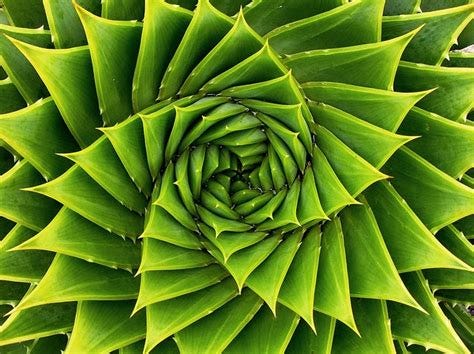
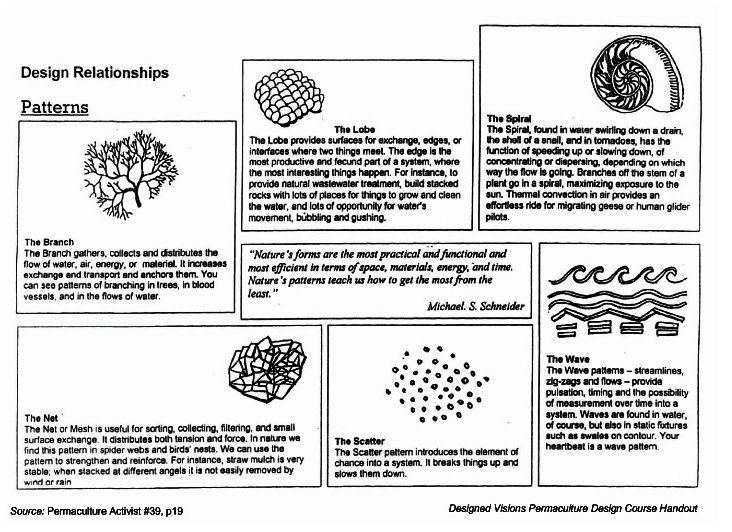
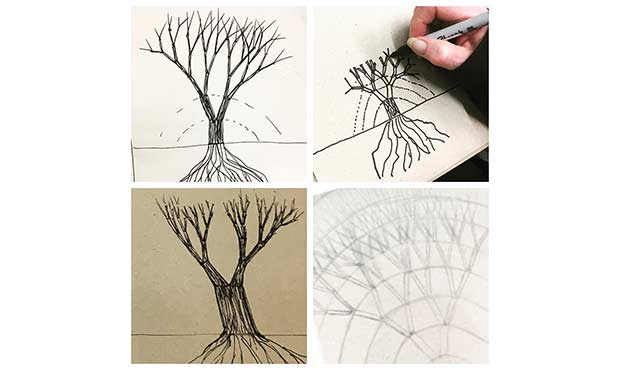
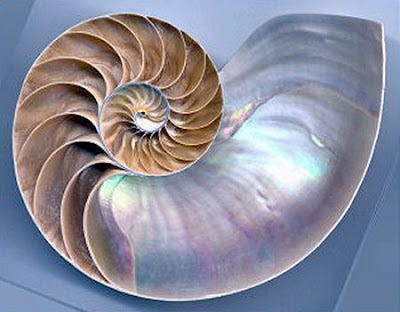

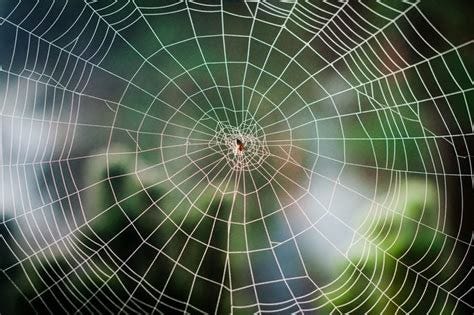

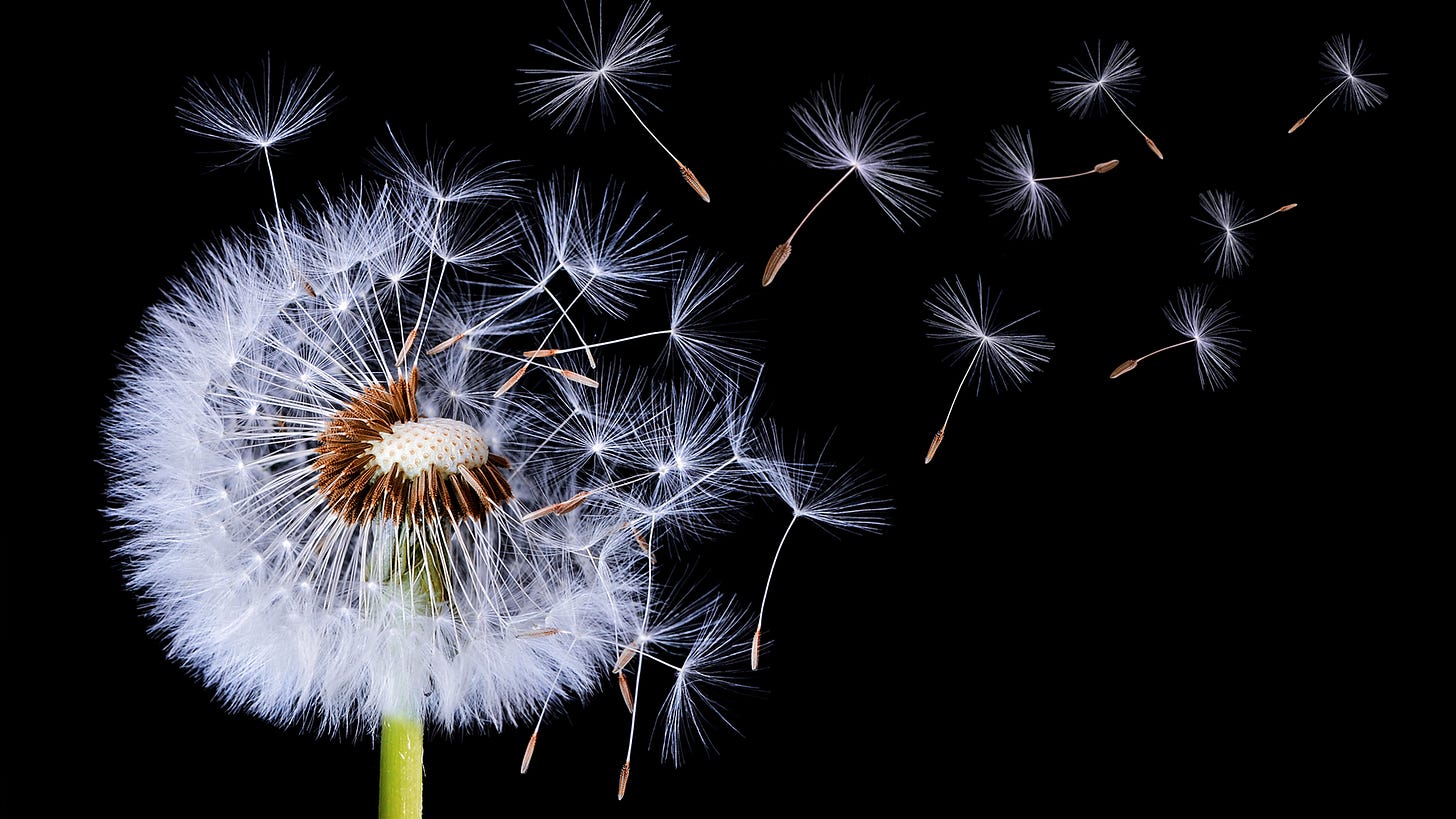









Share this post